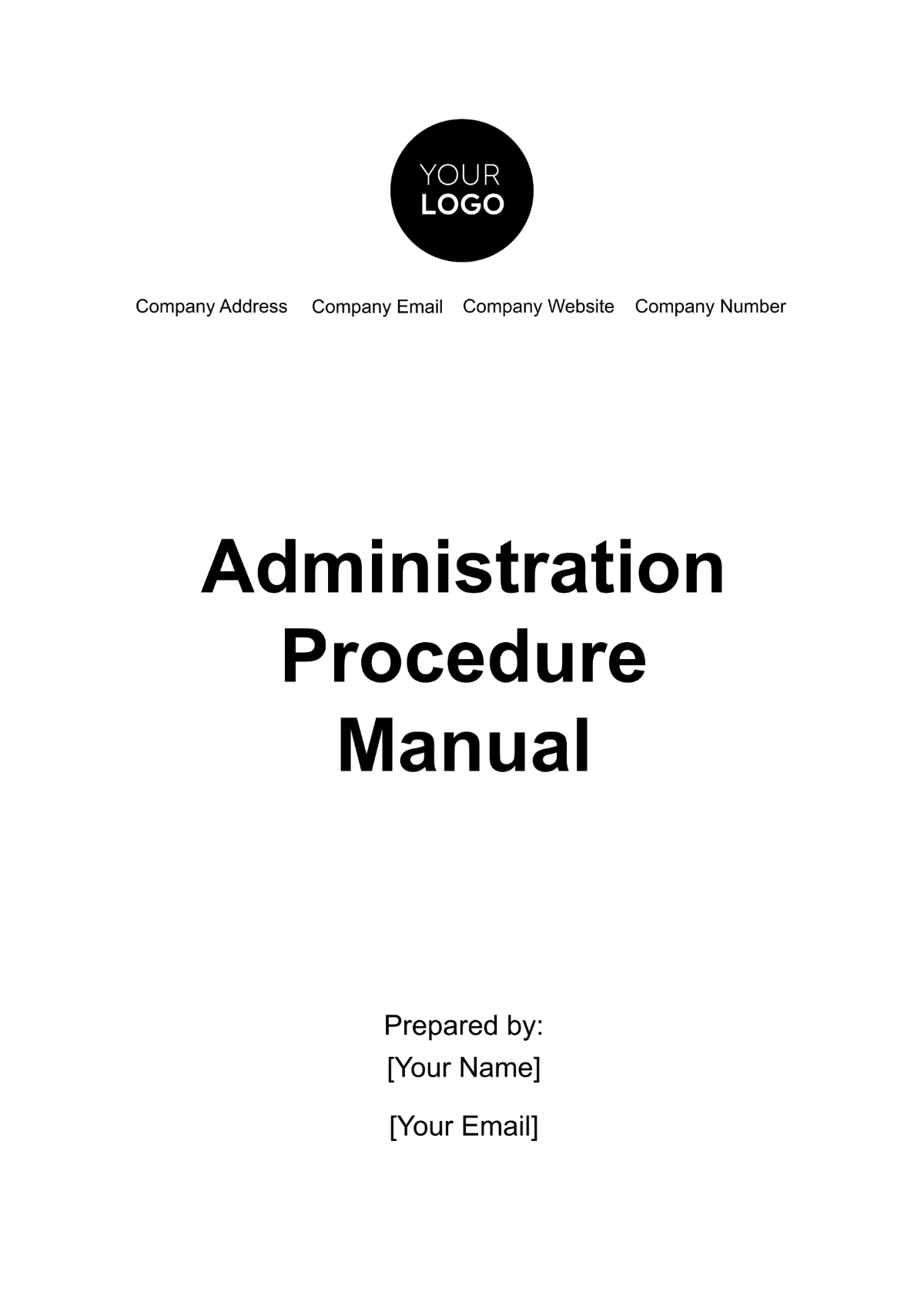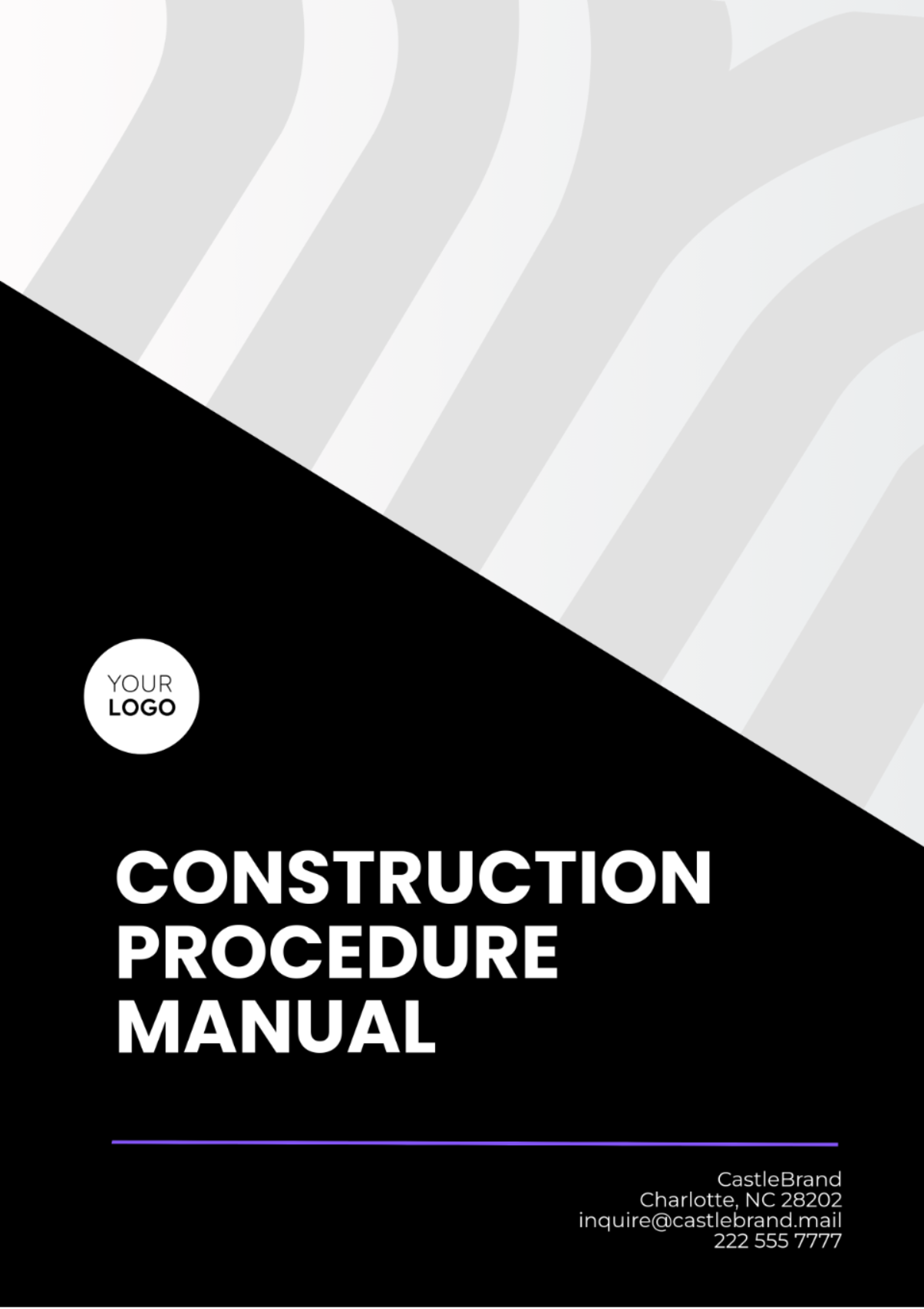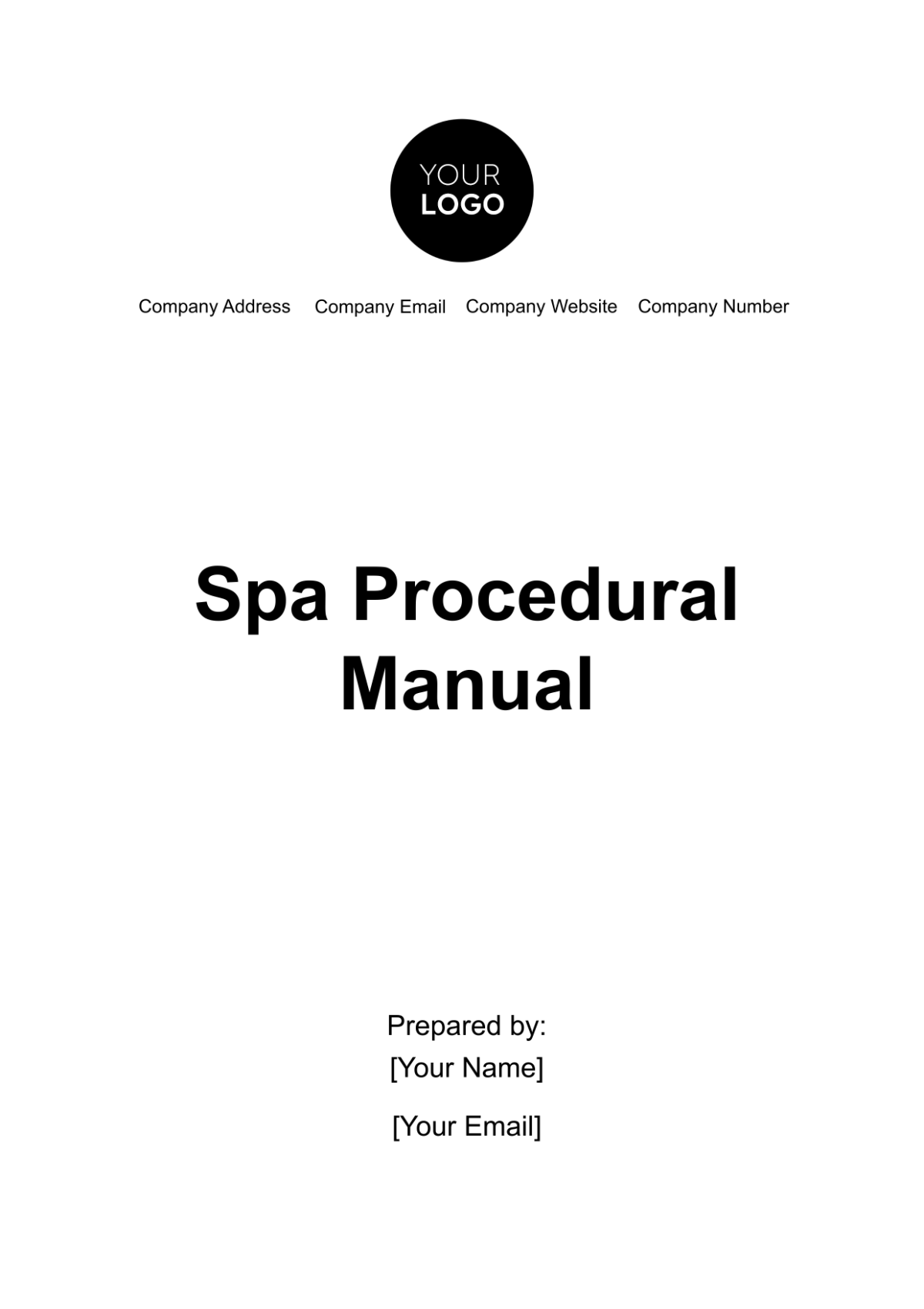Claim Processing Manual
NAME: | [YOUR NAME] |
|---|---|
COMPANY: | [YOUR COMPANY NAME] |
DEPARTMENT: | [YOUR DEPARTMENT] |
DATE: | [DATE] |
I. Introduction
Welcome to the Claim Processing Manual for [YOUR COMPANY NAME]. This manual is designed to provide comprehensive guidance on the procedures and protocols involved in processing claims effectively. By adhering to the processes outlined in this manual, [YOUR DEPARTMENT] staff can ensure accuracy, efficiency, and customer satisfaction in handling claims.
[YOUR NAME], [YOUR DEPARTMENT] Manager, has overseen the development of this manual to standardize claim processing practices across the organization. It is imperative that all employees familiarize themselves with the contents of this manual to uphold the highest standards of service delivery.
II. Getting Started
A. Understanding the Claim Process
Before diving into the specifics of claim processing, it's crucial to have a solid understanding of the overall process. Claims are requests made by customers for reimbursement or compensation for a covered loss or expense. They can vary in nature, including but not limited to, medical expenses, property damage, or travel expenses.
B. Familiarizing with [YOUR COMPANY NAME] Guidelines
[YOUR COMPANY NAME] has established specific guidelines and policies governing claim processing. These guidelines are designed to ensure consistency, fairness, and compliance with regulatory requirements. Familiarize yourself with these guidelines to ensure adherence throughout the claim processing journey.
III. Claim Processing Procedures
A. Receiving Claims
Documentation: Ensure all necessary documents are provided by the claimant, including but not limited to claim forms, receipts, invoices, and any supporting evidence.
Verification: Verify the authenticity and completeness of the submitted documents to initiate the processing.
Recording: Record relevant details of the claim into the system accurately to maintain a clear record of the claimant's request.
B. Review and Assessment
Initial Assessment: Conduct an initial assessment of the claim to determine its validity and eligibility for processing.
Investigation: If necessary, initiate an investigation to gather additional information or evidence to support the claim.
Evaluation: Evaluate the claim based on established criteria and guidelines to determine the extent of coverage and appropriate course of action.
IV. Claim Adjudication
A. Decision Making
Review: Review all available information and evidence to make an informed decision regarding the claim.
Approval: Approve the claim for reimbursement or compensation if it meets the established criteria and guidelines.
Denial: If the claim does not meet the criteria or is deemed ineligible, provide a clear explanation for the denial to the claimant.
B. Communication
Notification: Notify the claimant of the decision regarding their claim promptly and clearly.
Explanation: Provide a detailed explanation of the decision, including any relevant policies or regulations that influenced the outcome.
Resolution: Work with the claimant to resolve any disputes or concerns regarding the decision in a timely and professional manner.
V. Claim Payment
A. Processing Payments
Calculation: Calculate the amount of reimbursement or compensation owed to the claimant based on the approved claim.
Authorization: Obtain necessary approvals for payment processing according to established procedures.
Disbursement: Process the payment to the claimant through the designated payment method, ensuring accuracy and timeliness.
B. Record Keeping
Documentation: Maintain detailed records of all claim payments, including payment amounts, dates, and recipient information.
Audit Trail: Create an audit trail to track the payment process and ensure transparency and accountability.
Reporting: Generate regular reports on claim payments for internal review and analysis.
VI. Quality Assurance
A. Monitoring and Review
Regular Audits: Conduct regular audits of the claim processing procedures to identify any areas for improvement or compliance issues.
Performance Metrics: Establish key performance indicators (KPIs) to measure the effectiveness and efficiency of claim processing operations.
Feedback Mechanisms: Solicit feedback from claimants, internal stakeholders, and other relevant parties to identify opportunities for enhancement.
B. Continuous Improvement
Process Optimization: Continuously evaluate and streamline claim processing workflows to minimize inefficiencies and maximize productivity.
Training and Development: Provide ongoing training and development opportunities for staff to enhance their skills and knowledge in claim processing.
Adaptation: Stay informed about changes in regulations, industry best practices, and technological advancements to adapt claim processing procedures accordingly.
VII. Emergency Procedures
A. Crisis Management
Protocol Activation: In the event of a crisis or disaster, activate the designated emergency response protocol for claim processing operations.
Communication: Establish clear channels of communication with relevant stakeholders to coordinate response efforts and ensure timely resolution of claims.
Resource Allocation: Allocate resources effectively to address urgent claims and prioritize the needs of affected claimants.
B. Business Continuity
Contingency Planning: Develop contingency plans to ensure the continuity of claim processing operations in the event of disruptions or emergencies.
Backup Systems: Implement backup systems and procedures to safeguard critical data and facilitate uninterrupted claim processing activities.
Post-Emergency Evaluation: Conduct a post-emergency evaluation to assess the effectiveness of emergency procedures and identify areas for improvement.
VIII. Appendices
A. Glossary of Terms
Claimant: Individual or entity making a claim for reimbursement or compensation.
Adjudication: The process of reviewing, evaluating, and deciding on claims.
Denial: Refusal to approve a claim for reimbursement or compensation.
Audit Trail: A chronological record of all activities and transactions related to claim processing.
B. Sample Forms and Templates
Claim Form
Authorization for Release of Information
Appeal Request Form
Claim Status Inquiry Form
IX. Conclusion
Congratulations on completing the Claim Processing Manual for [YOUR COMPANY NAME]. This comprehensive manual serves as a valuable resource for all staff involved in claim processing activities. By adhering to the guidelines and procedures outlined in this manual, you can contribute to the efficient and effective handling of claims, thereby enhancing customer satisfaction and organizational success. Should you have any questions or require further assistance, please don't hesitate to reach out to the appropriate department or supervisor. Thank you for your dedication to excellence in claim processing.

















































